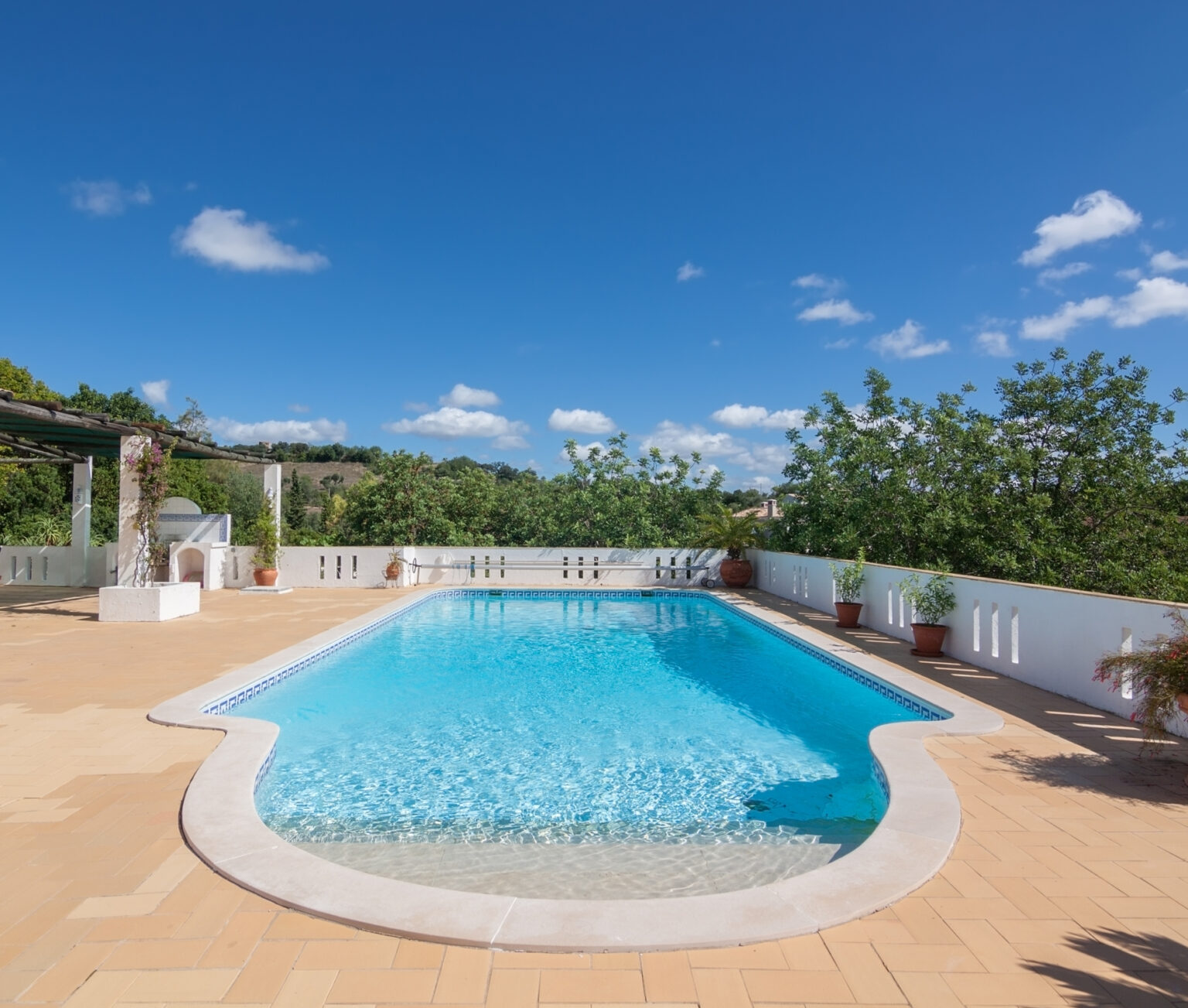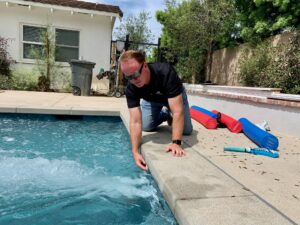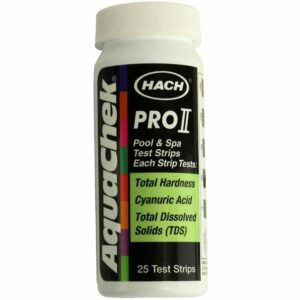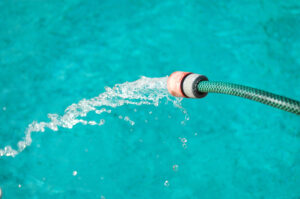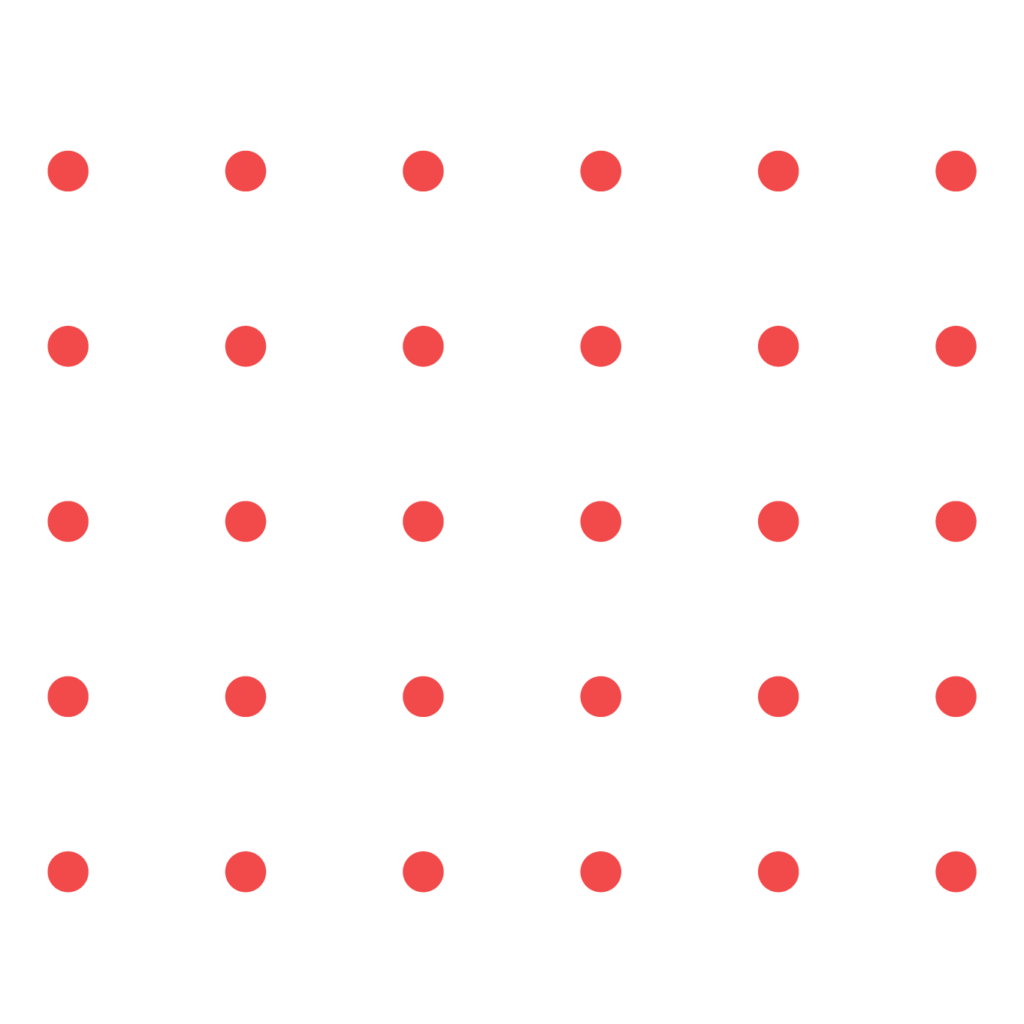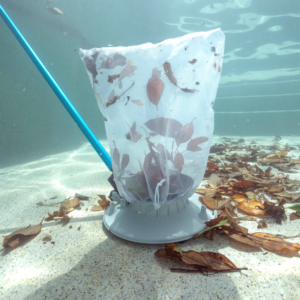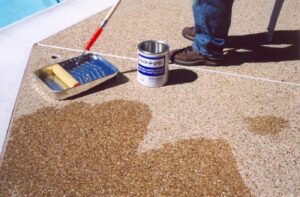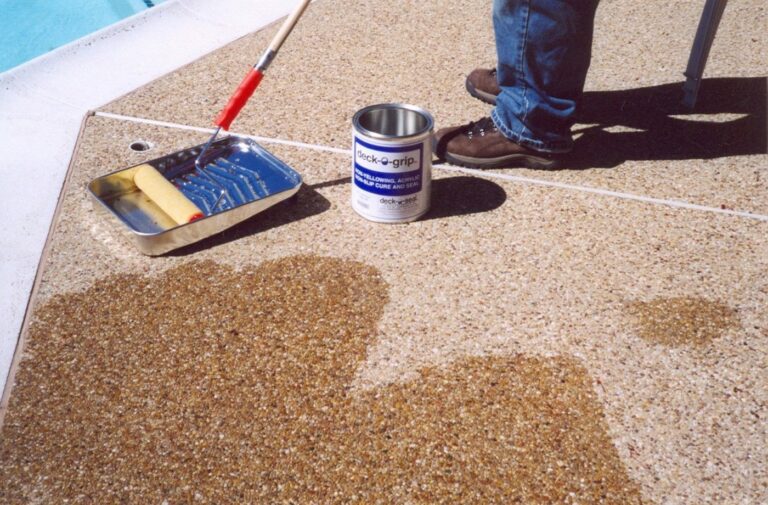Maintaining clean and safe swimming pool water is crucial for the health and enjoyment of swimmers. To achieve optimal water quality, pool owners need to understand the various factors that impact sanitization and water balance. One such factor is cyanuric acid (CYA), which plays a significant role in protecting chlorine from degradation due to sunlight. Let’s explore the impact of cyanuric acid on pool sanitization and water balance.
Understanding Cyanuric Acid (CYA)
Cyanuric acid, also known as stabilizer or conditioner, is a chemical compound commonly used in swimming pools. Its primary function is to protect chlorine from degradation caused by ultraviolet (UV) radiation from the sun. Cyanuric acid forms a complex with chlorine molecules, creating a stable compound that is resistant to the degrading effects of sunlight. This allows the chlorine to remain in the water longer, maximizing its sanitizing efficiency.
The Benefits of Cyanuric Acid
Chlorine Stabilization
Cyanuric acid acts as a protective shield for chlorine, significantly reducing its degradation rate due to UV exposure. This stabilization extends the lifespan of chlorine in pool water, ensuring effective disinfection for an extended period.
Cost Efficiency
By slowing down chlorine degradation, cyanuric acid helps pool owners reduce chlorine consumption. This can lead to significant cost savings over time, as less chlorine is required to maintain the desired sanitization levels.
Enhanced Sanitization
The presence of cyanuric acid allows chlorine to remain active in the water for longer periods, ensuring consistent and reliable sanitization. This is particularly important in outdoor pools exposed to direct sunlight. The purity of the cyanuric acid is also important, as it affects its performance and overall effectiveness.
GLB® Stabilizer is 100 percent cyanuric acid. With this stabilizer acting as a shield against chemical reactions, pool owners can enjoy more time in the water without worrying about the rapid dissipation of chlorine. It’s also environmentally friendly, and long lasting, saving time and money.
Cyanuric Acid Considerations
While cyanuric acid offers numerous benefits, there are some key points to keep in mind:
Optimal CYA Levels
The concentration of cyanuric acid in pool water needs to be carefully managed. The recommended range for cyanuric acid levels is between 30 to 50 parts per million (ppm) for outdoor pools. Excessive levels of cyanuric acid can reduce chlorine’s effectiveness, leading to potential health risks.
Testing and Monitoring
Regular testing and monitoring of CYA levels is essential to maintain proper water balance and ensure effective sanitization. Test kits specifically designed to measure CYA concentration provide a simple and reliable means of assessing CYA levels.
It is recommended to test CYA levels at least once a month or as advised by pool professionals. Testing should be conducted alongside other important water parameters, such as pH and chlorine levels, to obtain a comprehensive understanding of the pool’s overall water quality. Regular monitoring allows pool owners to identify any deviations from the optimal CYA range and take appropriate corrective actions promptly.
By consistently testing and monitoring CYA levels, pool owners can ensure that the pool water remains balanced, safe, and conducive to effective sanitization. Testing with reliable testing products is vital.
AquaChek® is the maker of quality testing products that simplify the pool and spa water testing process. Their range of high-quality test strips and meters provide a fast and accurate way to check water chemistry. Specifically designed for testing cyanuric acid levels, AquaChek’s Cyanuric Acid Test Strips ensure a precise reading to maintain a pool’s ideal cyanuric acid level.
Dilution and Removal:
In cases where CYA levels exceed the recommended range, it becomes necessary to reduce the concentration through dilution or removal methods. Dilution involves partially draining the pool and replacing the water with fresh water. This process helps lower the overall CYA level in the pool. However, it’s crucial to note that dilution may also affect other water chemistry parameters, such as pH and total alkalinity. Therefore, it is important to retest and rebalance the pool water after dilution.
Another approach to reducing excess CYA is through water treatment methods specifically designed to remove or lower CYA levels. Some advanced pool treatment systems employ processes such as reverse osmosis or activated carbon filtration to effectively remove CYA from the water. These systems can be particularly useful for situations where dilution is not feasible or practical.
Best Practices for Cyanuric Acid Management
To optimize pool sanitization and water balance, it is important to follow these best practices:
Optimal CYA Levels:
As the concentration of cyanuric acid (CYA) in pool water plays a critical role in maintaining water balance and effective sanitization, it is important to carefully manage CYA levels to ensure optimal pool conditions.
For outdoor pools, maintaining a CYA level within the recommended range offers several benefits. Firstly, it provides sufficient protection to chlorine from UV degradation, allowing it to remain active and effective for a longer duration. This results in improved sanitation and reduces the frequency of chlorine replenishment. Secondly, within this range, the balance between CYA and chlorine is optimized, ensuring the ideal ratio for efficient disinfection.
Conversely, excessive levels of CYA can hinder chlorine’s effectiveness and lead to potential health risks. When CYA concentrations are too high, it can create an over-stabilized environment, causing what is commonly known as “chlorine lock.” Chlorine molecules become tightly bound to CYA, reducing their availability for sanitization. As a result, even high levels of chlorine may fail to effectively kill bacteria, viruses, and other harmful microorganisms.
Additionally, high CYA levels can contribute to cloudiness in the water and can interfere with accurate pH measurements.
Initial Dosage
When initially filling a pool or adding water, it is recommended to add cyanuric acid at the appropriate level based on the pool size and desired cyanuric acid concentration. This ensures a solid foundation for chlorine stabilization.
Proper Chlorine Management
Adjust chlorine levels based on the cyanuric acid concentration. Higher cyanuric acid levels require higher free chlorine concentrations to maintain effective sanitization.
Cyanuric acid is a valuable tool in pool maintenance, providing chlorine stabilization and cost efficiency benefits. However, it requires careful management to maintain optimal water balance and ensure effective sanitization.
As industry experts, we proudly represent only the finest brands in the pool and spa industry. Our experienced team of pool and spa manufacturer representatives are dedicated to helping clients thrive by providing exceptional solutions. Benefit from our wealth of knowledge and innovative products by reaching out to us at hello@alphawest.com.

